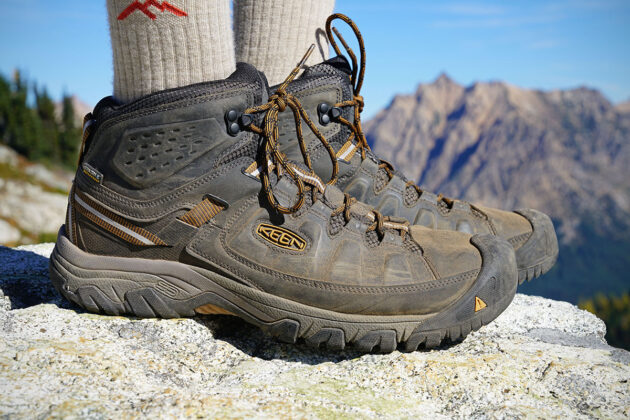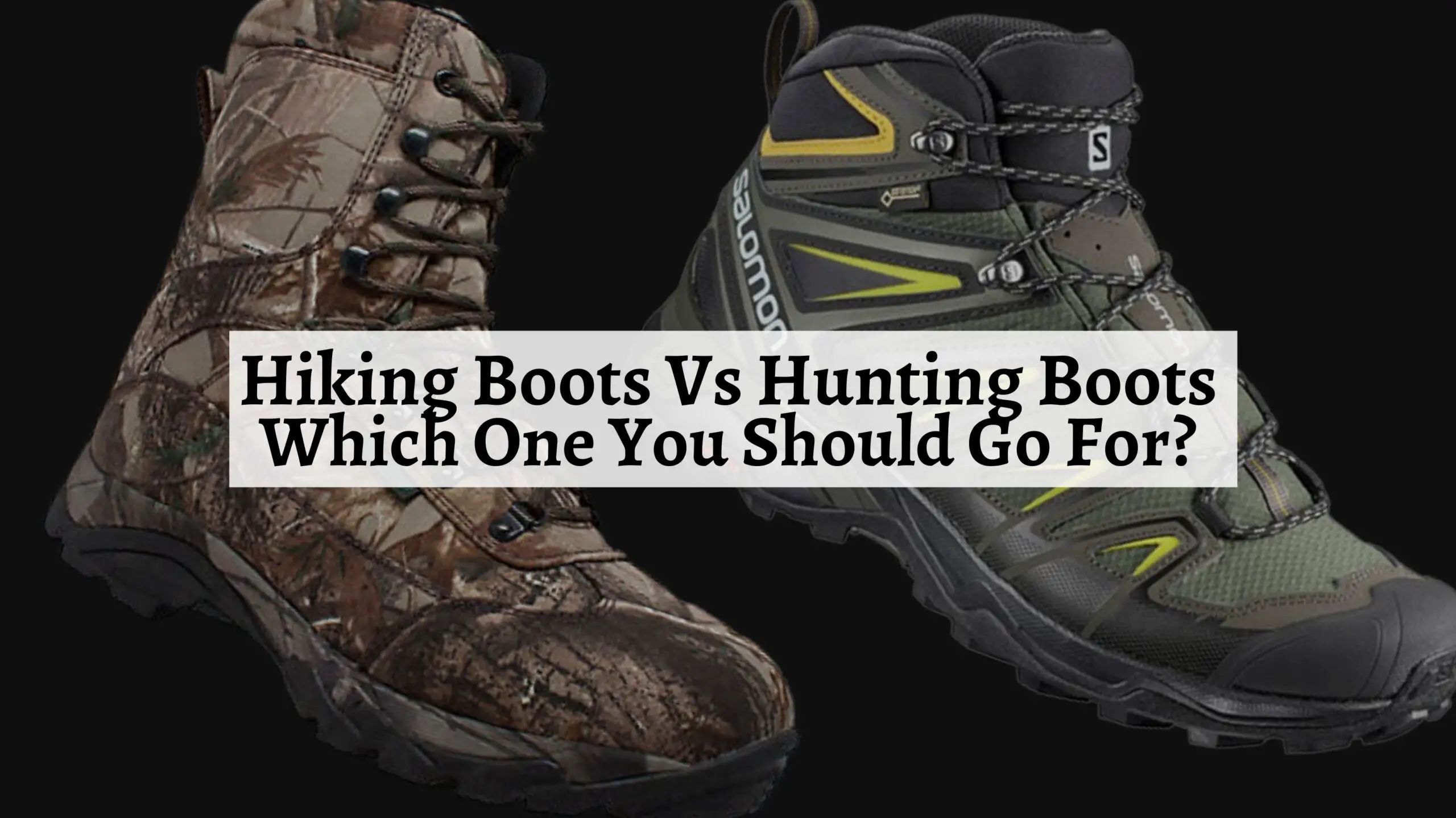Choosing the Right Footwear for Your Outdoor Adventure
Understanding the Key Differences Between Hunting and Hiking Boots
When venturing into the great outdoors, selecting the right footwear is crucial for a successful and enjoyable experience. Hunting and hiking, in particular, require specific types of boots that cater to the unique demands of each activity. While both types of boots share some similarities, they also have distinct differences that set them apart. Failing to choose the right boot can lead to discomfort, injury, or even affect the success of the outing. For instance, a hunter may require a boot with superior ankle support and waterproofing, whereas a hiker may prioritize breathability and lightweight construction. By understanding the key differences between hunting boots and hiking boots, outdoor enthusiasts can make an informed decision when selecting the perfect footwear for their next adventure. In this article, we will delve into the specific features and requirements of both hunting and hiking boots, providing guidance on how to choose the right boot for your next outdoor excursion.
What to Look for in a Hunting Boot
Hunting boots are designed to provide superior support, protection, and comfort in rugged outdoor environments. When selecting a hunting boot, there are several key features to consider. Firstly, waterproofing is essential to keep feet dry and comfortable in wet conditions. Look for boots with a waterproof membrane, such as Gore-Tex or similar technology. Insulation is also crucial to keep feet warm in cold weather, with popular options including Thinsulate or PrimaLoft. Ankle support is another critical factor, as it helps prevent twists and sprains on uneven terrain. Popular hunting boot brands, such as LaCrosse or Irish Setter, offer a range of models that cater to different hunting styles and environments. For example, the LaCrosse Alphaburly Pro is a popular choice among hunters, offering a waterproof and breathable design with excellent ankle support. By understanding the specific requirements of hunting boots, hunters can make an informed decision when selecting the perfect boot for their next outing.
How to Select the Perfect Hiking Boot for Your Next Trail
Selecting the right hiking boot is crucial for a comfortable and enjoyable hiking experience. When choosing a hiking boot, several factors come into play, including terrain, weather, and personal comfort. For instance, hikers tackling rugged terrain may require a boot with aggressive tread patterns and superior ankle support, while those hiking in wet conditions may prioritize waterproofing and breathability. Popular hiking boot brands, such as Merrell or Keen, offer a range of models that cater to different hiking styles and environments. For example, the Merrell Moab 2 Mid Waterproof is a popular choice among hikers, offering a waterproof and breathable design with excellent traction and support. Additionally, hikers should consider their personal comfort preferences, such as the level of cushioning and support required. By understanding the specific requirements of hiking boots, hikers can make an informed decision when selecting the perfect boot for their next trail. Whether you’re tackling a leisurely day hike or a multi-day backpacking trip, the right hiking boot can make all the difference in your overall hiking experience. In contrast to hunting boots, hiking boots often prioritize lightweight construction and breathability, making them ideal for fast-paced hiking and backpacking. When comparing hunting boots vs hiking boots, it’s essential to consider the unique demands of each activity to ensure the right boot for the job.
The Importance of Fit and Comfort in Outdoor Footwear
Finding the perfect fit and ensuring comfort are crucial aspects of selecting the right hunting or hiking boot. A well-fitting boot can make all the difference in preventing discomfort, fatigue, and even injury during an outdoor adventure. When trying on boots, it’s essential to wear the same type of socks you plan to wear on your outing, as this will give you a more accurate fit. Additionally, consider the width and volume of the boot, as well as the height of the ankle collar, to ensure a comfortable and supportive fit. A boot that fits properly will also provide better traction and stability, reducing the risk of slips and falls. Furthermore, a comfortable boot will allow you to focus on your outdoor activity, rather than being distracted by discomfort or pain. When comparing hunting boots vs hiking boots, it’s clear that both prioritize fit and comfort, but hunting boots often require a more precise fit to accommodate the demands of stalking and hunting. By prioritizing fit and comfort, outdoor enthusiasts can ensure a successful and enjoyable outing.
Waterproofing and Insulation: Do You Really Need It?
When it comes to hunting boots vs hiking boots, one of the key differences lies in their waterproofing and insulation features. Hunting boots, designed for stalking and hunting in wet and cold conditions, often prioritize waterproofing and insulation to keep feet dry and warm. Brands like LaCrosse and Irish Setter offer hunting boots with advanced waterproofing technologies, such as Gore-Tex or similar membranes, to ensure dry feet even in the most challenging conditions. Insulation, such as Thinsulate or similar materials, is also crucial in hunting boots to maintain warmth and comfort during long periods of inactivity. On the other hand, hiking boots may not require the same level of waterproofing and insulation, as hikers are often moving at a faster pace and generating body heat. However, hiking boots still need to provide some level of breathability and moisture-wicking properties to prevent blisters and discomfort. In this regard, hiking boots from brands like Merrell or Keen often feature breathable mesh panels and moisture-wicking linings to keep feet cool and dry. Ultimately, the decision to opt for waterproofing and insulation in hunting or hiking boots depends on the specific outdoor activity, terrain, and weather conditions. By understanding the benefits and drawbacks of these features, outdoor enthusiasts can make an informed decision when selecting the right boot for their next adventure.
Traction and Stability: What You Need to Know
When it comes to hunting boots vs hiking boots, traction and stability are crucial factors to consider. Both types of boots require a good grip on various terrain, but hunting boots often need to provide more aggressive traction to handle slippery and uneven surfaces. This is because hunters often need to move quietly and quickly through dense vegetation, mud, and snow, requiring a boot with a more aggressive lug pattern and deeper tread depth. In contrast, hiking boots may not require the same level of traction, as hikers often follow established trails and don’t need to navigate through dense underbrush. However, hiking boots still need to provide stability and support on uneven terrain, such as rocky or steep trails. Ankle support is also a critical factor in both hunting and hiking boots, as it helps prevent twists and sprains. In hunting boots, ankle support is often more substantial to accommodate the demands of stalking and hunting, while hiking boots may have a more flexible ankle design to allow for a greater range of motion. By understanding the differences in traction and stability between hunting and hiking boots, outdoor enthusiasts can make an informed decision when selecting the right boot for their next adventure.
Weight and Durability: Finding the Perfect Balance
When it comes to hunting boots vs hiking boots, weight and durability are crucial factors to consider. Hunting boots, designed for stalking and hunting, often prioritize durability and ruggedness to withstand the demands of harsh outdoor conditions. As a result, they may be heavier and more substantial than hiking boots. On the other hand, hiking boots, designed for trail walking and backpacking, may prioritize lightweight construction to reduce fatigue and improve mobility. However, this may come at the cost of durability, as lighter materials may not be as resistant to wear and tear. To find the perfect balance between weight and durability, outdoor enthusiasts should consider their specific needs and preferences. For example, if you plan to carry a heavy pack on a multi-day hike, a more durable and heavier hiking boot may be necessary. On the other hand, if you’re planning a short day hike, a lighter and more breathable hiking boot may be sufficient. By understanding the trade-offs between weight and durability, outdoor enthusiasts can make an informed decision when selecting the right boot for their next adventure. Popular brands like LaCrosse, Irish Setter, Merrell, and Keen offer a range of options to suit different needs and preferences, making it easier to find the perfect balance between weight and durability.
Conclusion: Making an Informed Decision for Your Next Outdoor Adventure
In conclusion, selecting the right footwear for your outdoor adventure is crucial for a successful and enjoyable experience. Hunting boots vs hiking boots have distinct differences in terms of features, requirements, and design. By understanding these differences and considering factors such as terrain, weather, comfort, and durability, outdoor enthusiasts can make an informed decision when choosing the perfect boot for their next outing. Whether you’re a hunter or a hiker, investing in a high-quality boot that meets your specific needs can make all the difference in your outdoor adventure. Remember, the right boot can provide comfort, support, and protection, while the wrong boot can lead to discomfort, injury, or even affect the success of your outing. By following the guidelines and tips outlined in this article, you’ll be well on your way to finding the perfect boot for your next outdoor adventure.








